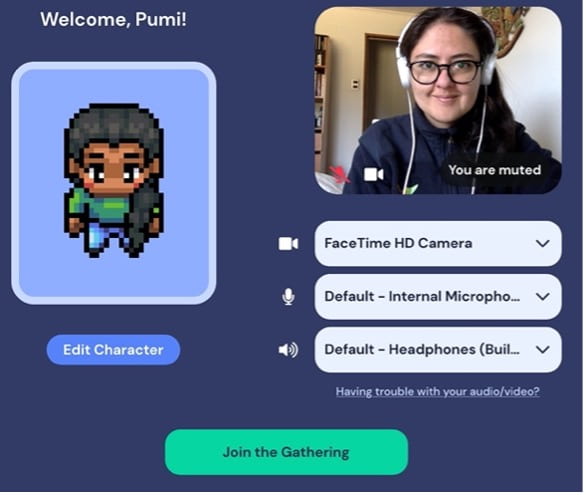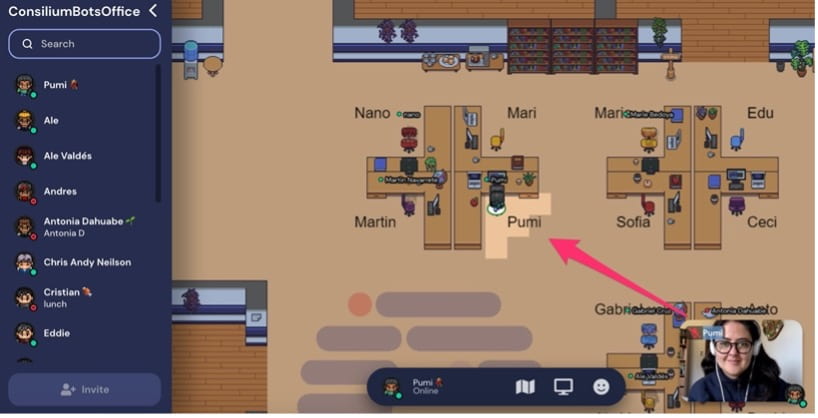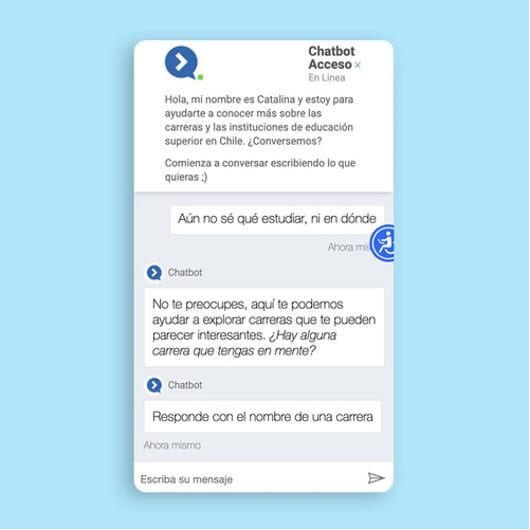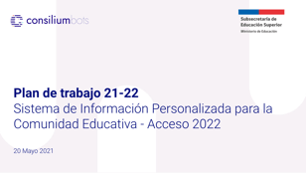
About the Author
Fernanda Ramirez-Espinoza is a fifth year Ph.D. student at Harvard GSAS, on the Educational Policy and Program Evaluation concentration. Her research is focused on Latin-American educational policies and interventions, studying gender bias and its effects on educational outcomes.
Overcoming Gender Bias
All around the world, students find their education severely disrupted by Covid-19—including at Harvard and for this Chilean at Harvard in particular. In Chile, all educational institutions in the country were closed in March 2020 by the Ministry of Education. Since then, more than 3.6 million school students have experienced disruptions in their educational process, and the 2021 academic year started with only 37% of schools open to give in-person instruction. I research how gender biases affect educational outcomes for girls in Latin America, and my biggest research project evaluating instructor training bias in a vocational education institution fell through due to Covid. What can a young woman in this position do? This is the story of how doing a remote internship made my educational experience much more meaningful and how, hopefully, it will improve Chilean girls’ educational experiences as well.
After the initial blow to my research project—which was going to be the central chapter of my dissertation—I started to look for new opportunities. In this search, I contacted ConsiliumBots, a start-up that leverages technological innovation and data to support students and their families to make informed decisions about their education. In a world of masks and Zoom calls, I might be able to help empower girls to pursue their dreams remotely, right? The team at ConsiliumBots invited me to do an internship remotely to explore their previous projects in search of innovations that they could offer to educational stakeholders in Latin America. I, of course, embraced this opportunity, and with the support of DRCLAS, I was able to be part of their team during May and June. Although remotely, I was welcomed into the ConsiliumBots office. Using Gather, they have been able to work in a virtual “office” where I got to have “water cooler” chats with people working from Perú, Chile and the United States.

Figure 1 Going into the office (My name is Fernanda, a.k.a. Pumi)

Figure 2 I even got my own desk! The watercooler is on the top left.
ConsiliumBots has implemented smart platforms to provide personalized educational information, using technologies usually used in telemarketing and customer service to help students make better decisions about their future. During my time at ConsiliumBots, I used the skills learned in my Master’s in Public Policy and Ph.D. in Educational Policy and Program Evaluation studies at Harvard to analyze the effects of providing information to students. To do so, I took a deep dive to understand better how an information bot implemented in 2019 in Chile with last-year high school students had affected students’ trajectories going into higher education.
The chatbot was implemented before my work with the team. Some students in the 2020 application process were randomly assigned to get a WhatsApp message from a chatbot that asked some questions about their interests and provided information on wages, employability, and retention in majors that aligned with students’ preferences. ConsiliumBots had the data on what options they had given to each student, and the Ministry of Education provided the data to understand enrollment patterns for all students in the application process, allowing us to evaluate the impact of the intervention (through what scientists refer to as a Randomized Control Trial – RCT).

Figure 3 The beginning of a students’ WhatsApp conversation with the chat
After comparing the trajectories of students who got a message from the chatbot with those that did not, I saw some interesting patterns. First, providing information has an effect on students’ outcomes, and it can be significant. This is good news for all educators and policymakers out there: if you are trying to influence students to continue their studies, here is a new tool! Second, the effect depends on the student’s characteristics and what their interests are. On closer inspection, I observed that women who got a message from the chatbot increased their chances to enroll in science-oriented STEM majors by 4.2%. This might seem small to you—but getting girls into STEM is HARD: only 7% of all women that applied to college financial aid in Chile enrolled in STEM!
I also found this effect was driven by high socioeconomic women changing their behavior. When I took a closer look to see if the effects differed for women according to the socioeconomic level, I saw that the effects are statistically significant only for women of higher socioeconomic level. I think this should make us take pause on the limitations of online interventions in South America: if technology mediates our educational programs, we need to make sure that we consider how to reach students who do not have good access to those technologies.
After finding these results, I helped ConsiliumBots prepare material and reach out to the Ministry of Education to pitch new ideas on using bots and other information interventions to get more students to continue their studies and close the gender gaps in fields like STEM. We even got to (virtually, of course J) present a Work Agenda to the Chilean Higher Education Division and after the end of my internship, I remain involved to get the insights we got from the analysis to inform the Ministry of Education’s next steps.

Figure 4 The first slide of our presentation to the Ministry
Although online experiences are no match for in-person interaction, remote work allowed me to learn from the bot’s principal investigator Chris Neilson, based in New Haven and the project manager Ale Correa, based in Princeton, all while being in Santiago, where I relocated to weather the pandemic when our campus closed. I cannot wait to be with them in person to thank them for the opportunity to be a part of the team, but until then, thank you for allowing me the opportunity to add my granito de arena so girls reach their full potential!
More Student Views
Of Salamanders and Spirits
I probably could’ve chosen a better day to visit the CIIDIR-IPN for the first time. It was the last week of September and the city had come to a full stop. Citizens barricaded the streets with tarps and plastic chairs, and protest banners covered the walls of the Edificio de Gobierno del Estado de Oaxaca, all demanding fair wages for the state’s educators. It was my first (but certainly not my last) encounter with the fierce political activism that Oaxaca is known for.
Public Universities in Peru
Visits to two public universities in Peru over the last two summers helped deepen my understanding of the system and explore some ideas for my own research. The first summer, I began visiting the National University of San Marcos (UNMSM) to learn about historical admissions processes and search for lists of applicants and admitted students. I wanted to identify those students and follow their educational, professional and political trajectories at one of the country’s most important universities. In the summer of 2025, I once again visited UNMSM in Lima and traveled to Cusco to visit the National University of San Antonio Abad del Cusco (UNSAAC). This time, I conducted interviews with professors and student representatives to learn about their experiences and perspectives on higher-education policies such as faculty salary reforms and the processes for the hiring and promotion of professors.
Post-Secondary Education Access in Peru
Over the summer, I visited four public schools in Peru located in two regions, about 1,200 miles apart from each other. I interviewed teachers, principals and high school juniors and seniors. I wanted to discover their perspectives on perceived opportunities and barriers for students to plan for and fulfill their higher education goals. I also interviewed the superintendent at each school district to learn about local initiatives aimed at decreasing barriers to higher education transition.




